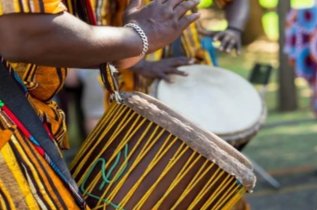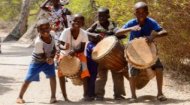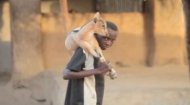|
|
|
|
Senegal Culture |
Senegal Culture |
Senegal Culture | Senegal Culture |
Explore
all about the West African nation of Senegal in articles, pictures, videos
and images.
More >
|
|

|
Other festivals in Senegal include the National Holiday celebrating independence day, the day of Association celebrating wider African culture, Tamkharit ~ the Muslim new year, Maouloud ~ the birth of the prophet Mohammed and Tabaski as well as Ramadan, Eid and Leylatoul Khadre. Sengal culture also recognises Easter, Ascension, Pentecost, Assumption and All Saint's Day as well as Christmas.  The top video explores Senegal culture in more detail whilst the video left shows the use of the most common instrument in Senegal, the Sabar. The sabar, the most common instrument in Senegal, is a feature of most of these occasions with sabar drumming accompanied by dancing and is in use in virtually every music performed, particularly at special occasions, such as births, weddings and baby naming ceremonies. Other musical instruments within Senegal culture include the Xalam, a popular stringed instrument played throughout Senegal; the Kora, a harp like lute; the Tabala, wooden kettle drums and the Tama, a drum placed under the arm and hit with a curved stick. |








